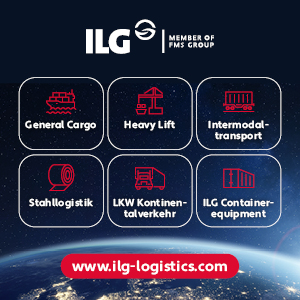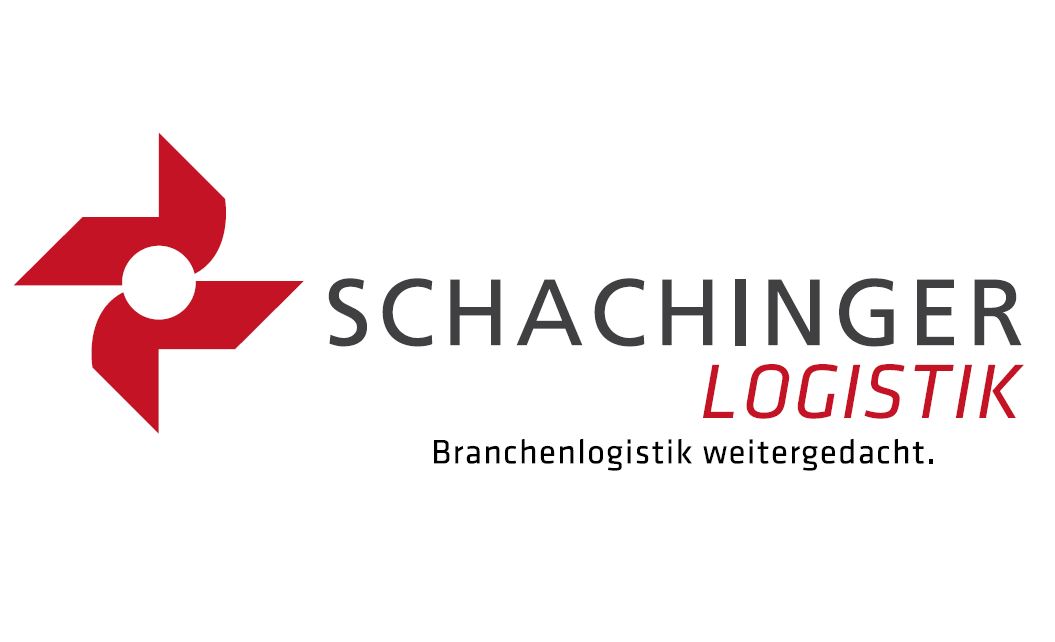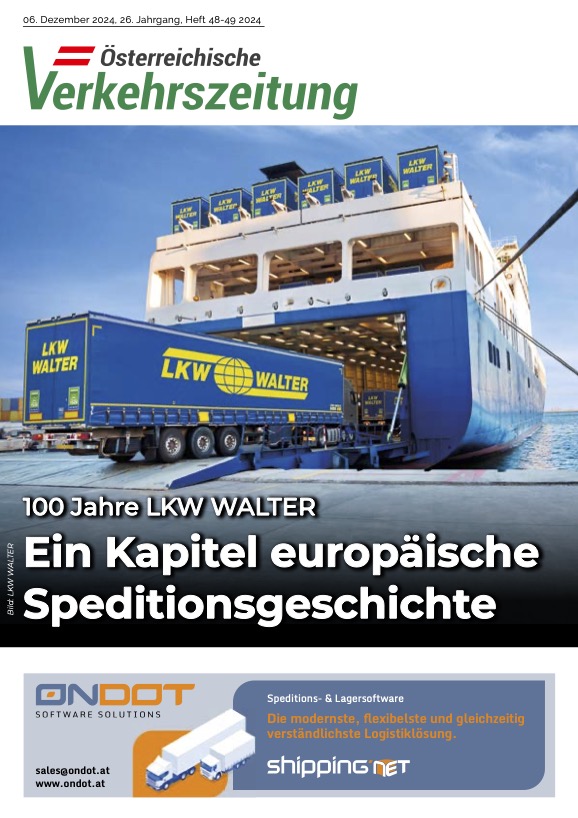The strong position of the port of Linz in the promising block train traffic secures a large-scale project planned by ÖBB and Linz AG for the years 2018 to 2020. A fourth track will be added to the Stadthafen railway station, mainly for block trains operating to and from Hamburg, Bremerhaven and Rotterdam. This was announced by the mayor of Linz, Klaus Luger, on 30 November in a press conference.
At the ports of Linz, the waterborne transport volume of goods in 2016 was 4.7 percent higher than in the previous year. In an Austrian national comparison of the Danube ports, Linz is the most important port location. In 2016, around 4 million tonnes of goods were handled there. In total, 7.2 million tonnes of goods were handled in Austria.
Of the four million tonnes of waterborne transport volume handled in the Linz ports, 70 percent were unloaded and 30 percent loaded. In particular, ores and metal crap (86 percent) were unloaded. 48 percent of the loaded volume were iron, steel and non-ferrous metals. Another 35 percent of the goods loaded were fertilisers.
With a total throughput of around 3.3 million tonnes, the voestalpine works port was by far the largest Danube port in terms of volume, not just in Linz but throughout Austria. The port of the Linz AG with its trading port and oil port contributed 719,000 tonnes to the waterborne transport volume handled by the ports of Linz. The remaining 25,000 tonnes were transhipped at the heavy lift port of Linz.












